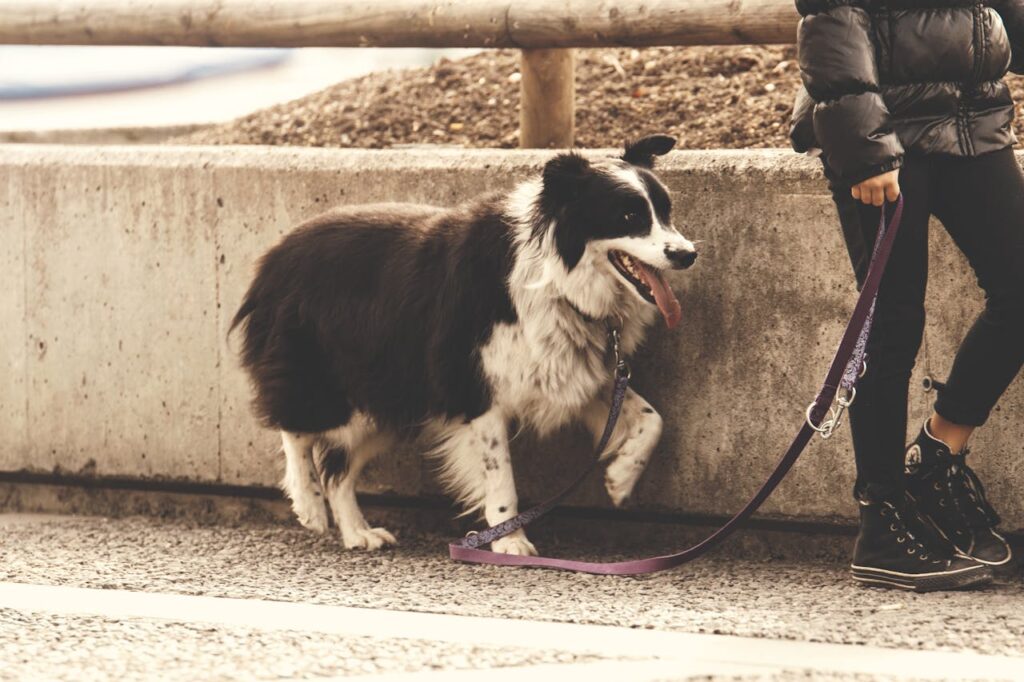For many dog owners, daily walks are an important part of their furry friend's daily routine. It's not just about exercise. It's also about mental stimulation, sociability, and bonding. But how long should you walk your dog? The answer is not one-size-fits-all and depends on a variety of factors, including breed, age, health, and individual needs.
Understand breed-specific needs:
Different breeds of dogs require different amounts of exercise. Working dogs such as border collies and German shepherds may require more exercise than smaller dogs such as pugs and chihuahuas. Generally, larger and more active breeds require more physical activity to stay mentally and physically healthy. As a rule of thumb, aim for at least 30 minutes to 2 hours of exercise per day, divided into multiple sessions.
Also read: Is my dog overweight?
Exercise according to your dog's age:
Age is also an important factor to consider. Puppies are full of energy, but you need to be careful not to overexert them, especially large dogs who are prone to joint problems. Short, frequent walks are ideal to prevent your puppy from getting tired or injured. Gradually increase the duration and intensity of walks as your child grows.
Also read: 5 reasons why leaving your dog on a leash is harmful
Although senior dogs may not be as active as they once were, they still benefit from regular exercise to maintain joint mobility and maintain muscle strength. However, walks may need to be shorter and slower to accommodate your older body.
Dog health considerations:
Health considerations play an important role in determining the length and intensity of dog walks. Dogs with health issues such as arthritis or heart disease may require a gentle exercise routine tailored to their unique needs. Always consult your veterinarian to determine the appropriate exercise regimen for your dog's health condition.
Also read: Do male dogs lose interest after mating?
Personal needs and preferences:
Personal needs and preferences should also be considered. Some dogs are natural couch potatoes and are happy with short walks, while others thrive on long hikes or runs. Pay attention to your dog's behavior and adjust his exercise habits accordingly. If your dog seems restless or overactive, he may need more physical activity to burn off excess energy.
Quality and quantity:
In addition to the distance walked, it is important to consider the quality of the movement. A leisurely walk around the block may not be enough mental and physical stimulation for an active dog. Incorporating activities like fetch, obedience training, and interactive games will make walks more engaging and fun for both you and your furry companion.
At the end of the day, there's no one-size-fits-all answer to how long you should walk your dog. It's important to tailor your dog's exercise routine to his or her individual needs, taking into account factors such as breed, age, health, and preferences. Regular exercise will not only keep your dog healthy, but it will also strengthen your bond with your dog and improve their overall health. Lace up your walking shoes and hit the pavement with your canine companion. It's good for both of you.
Click here to read more articles by Dumani Moyo
Artificial intelligence helped edit this article.

